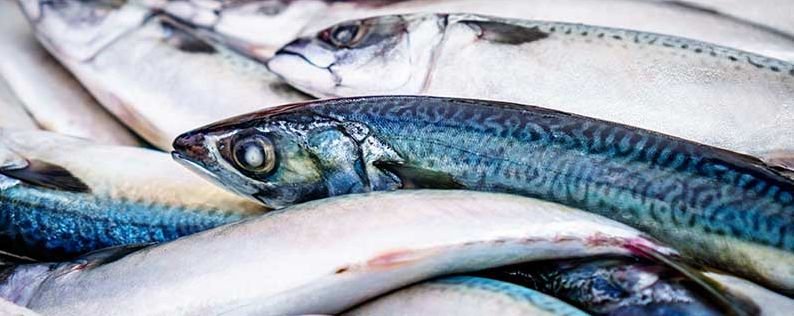“The lowest-impact label went to farmed bivalves and seaweeds; but there were also some surprises”
Emma Bryce, Anthropocene, October 8, 2021
What is the role of fish in a sustainable food future? Compared to other food groups, we have limited knowledge about the environmental impact of blue foods when it comes to greenhouse gas emissions and ecosystem impact.
A team of researchers set out to fill the gap. They gathered data from almost 7,000 fish farms and 1,000 fishery records about 23 species groups of fish, bivalves, seaweeds, and crustaceans. From this they built life cycle analyses that considered modes of production, land, water, nitrogen and phosphorus use, and emissions impact. The species they looked at collectively accounted for 70% of global blue food production, giving them a useful overall picture of the fishing and aquaculture industry’s environmental impact.
A few key patterns emerged. First, the major source of emissions in aquaculture is the production of feed for the farmed fish. In fact this accounted for a striking 70% of emissions for most farmed fish, most notably flatfish and crustaceans, the researchers found. The footprint is attributable to the land conversion and fertilizers that are needed to produce the feed, which are typically soybeans. This land-based food production also gives farmed fish a relatively high footprint where water use is concerned.
In wild-caught fisheries meanwhile, the primary emissions culprit is fuel-use for boats, especially true for high-seas industrial fleets that may travel long distances to capture fish.
This assessment also revealed which are the ‘greenest’ blue foods to consume. The researchers found that across all fish – farmed and wild-caught—the lowest-impact were farmed bivalves and seaweeds, mainly because they don’t need to be fed. In fact, their self-sufficiency gives them an ecosystem benefit, because shellfish and seaweed can remove nitrogen and phosphorus pollution—usually originating from terrestrial agriculture—from the water. What’s more, bivalves especially have some of the highest nutritional value of all available blue foods, presenting a clear win on all fronts.
The analysis also turned up a few surprising results, such as the fact that farmed shrimp were found to be less impactful than wild-caught. Also, consumers looking to make a difference by eating wild-caught salmon rather than farmed may be squandering their efforts: like trout, this fish had the same footprint whether farmed, or wild-caught.
By highlighting the several weak points in blue food production, the researchers also make it clearer where the opportunities are to make this increasingly influential source of dietary protein more sustainable.
Read the read: Gephart et. al. “Environmental performance of blue foods.” Nature. 2021.

